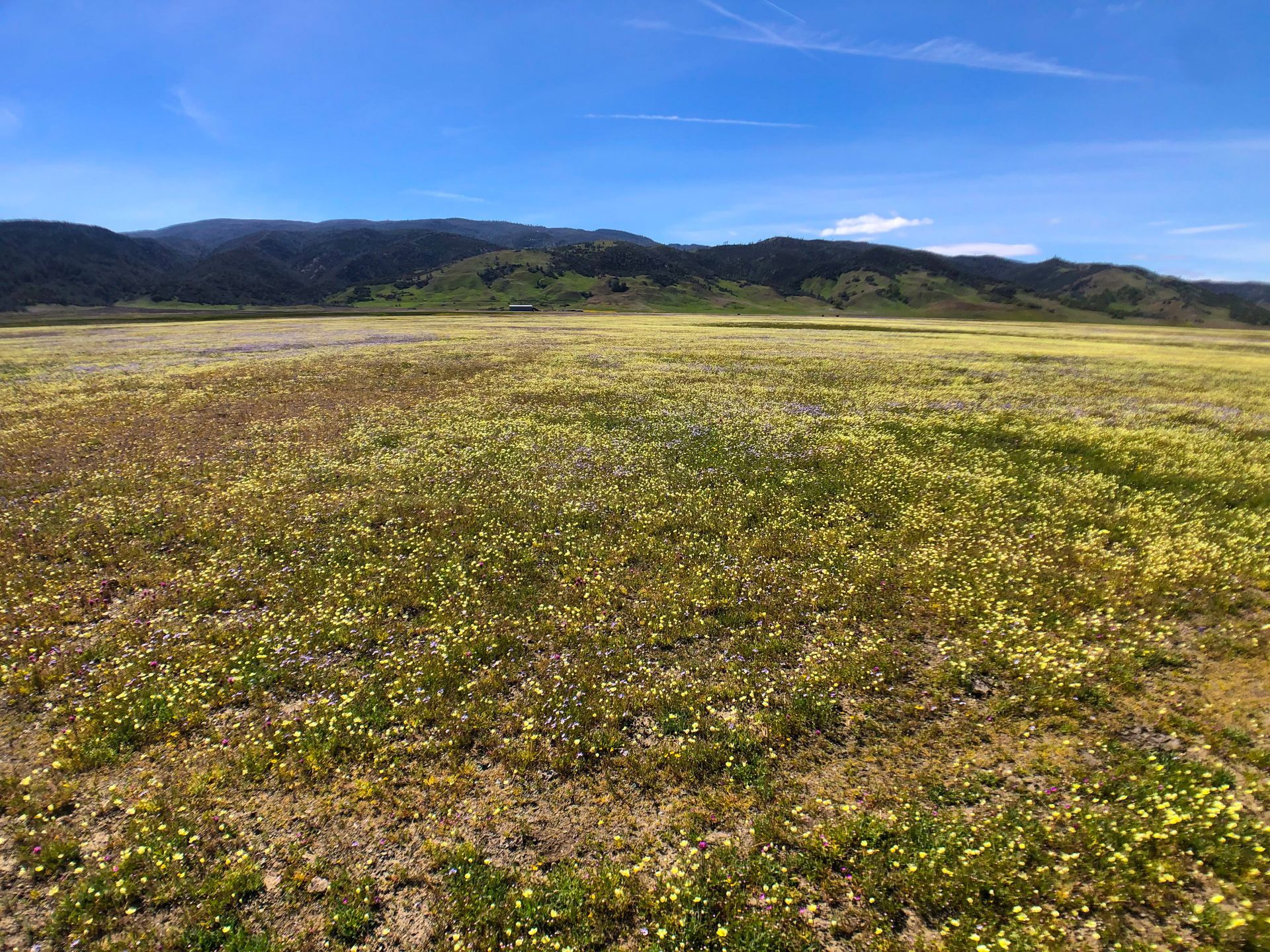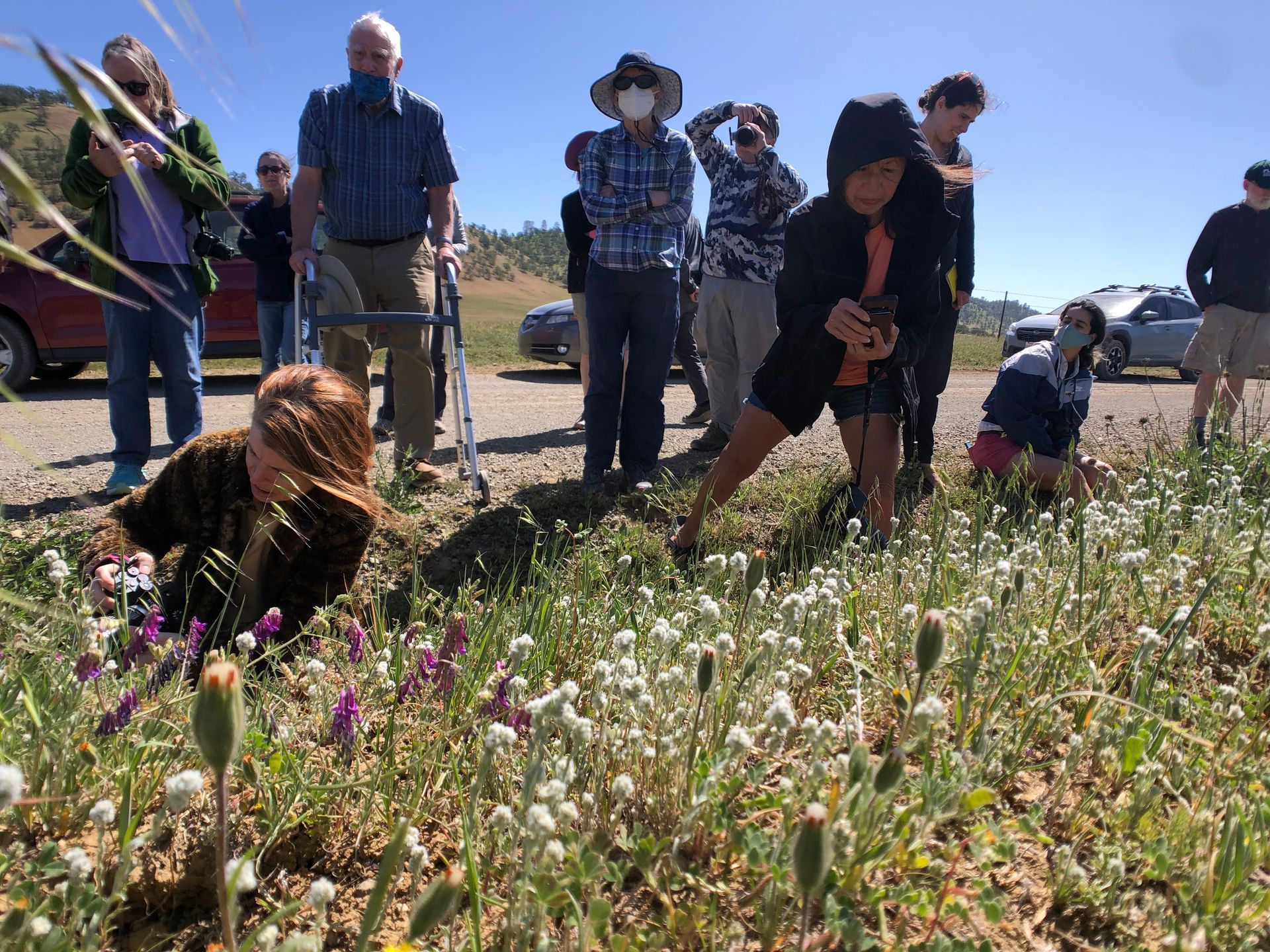Tuleyome's Policy Corner - Protecting Our Lands

Protecting Molok Luyuk continues to be a priority. These rugged public lands are on the eastern side of Berryessa Snow Mountain National Monument. Commanding views in all four directions, this landscape is home to great biodiversity, multiple tectonic plates that can be traversed in hours, amazing wildlife and is sacred to local indigenous tribes.
The Berryessa Snow Mountain National Monument Expansion Act was reintroduced by Senators Padilla and Feinstein (S 683). And Representatives Garamendi and Thompson (HR 1396). As before, the bill adds the adjacent Bureau of Land Management (BLM) lands of Molok Luyuk to the Monument, renames the area from Walker Ridge to Molok Luyuk (Condor Ridge in Patwin), requires a management plan for the Monument, and ensures co-management with federally recognized tribes.
Support for the expansion continues to grow. Local business, officials and community members, the conservation and recreation communities support the expansion, as do the BLM, the state of California, local, state and federal elected representative and area tribes. However, even with overwhelming bi-partisan support, we know that things can get stopped in Congress. That is why our Senators and Representatives have already written to President Biden asking him to protect Molok Luyuk through the Antiquities Act if Congress does not take action. This request was also made by the Yocha Dehe Wintun Nation, whose ancestral lands include Molok Luyuk. Tuleyome and a coalition of dozens of organizations support these requests.

We continue to work in our communities and with our Congressional champions to build support. Just over the last couple of weeks we hosted several wildflower tours to showcase the beauty of Molok Luyuk. While the wildflowers took center stage, a ride along Molok Luyuk introduces you to all of its wonders: geologic, paleontological and hydrological, flowers, wildlife, biodiversity and connectivity, wild and scenic, recreational, historic and tribal cultural. We had California state BLM staff, journalists and photographers, Congressional and state advisors, along with conservation partners and tribal representatives.
And, we are hopeful. The legislation has bi-partisan support. President Biden has committed to protecting 30 percent of federal lands and waters by 2030, and is taking steps in that direction. In March, designated the Avi Kwa Ame in Nevada and Castner Range in Texas as national monuments. Let’s protect Molok Luyuk next.
How can you help? In many ways.
- Send a letter of support to the President, letting him know you want him to protect Molok Luyuk. Individual letters are always best. Here’s a sample in case it’s helpful. If you do send your own letter, please share it with Tuleyome – we are gathering up support.
- If you’re an organization or a business, you can sign on to our organizational support letter.
- If you’re just too swamped to do that, then sign our petition in support of Molok Luyuk.
- If you have extra time and want to volunteer, contact us!
Help us protect Molok Luyuk. Together, we can do it!
RECENT ARTICLES






